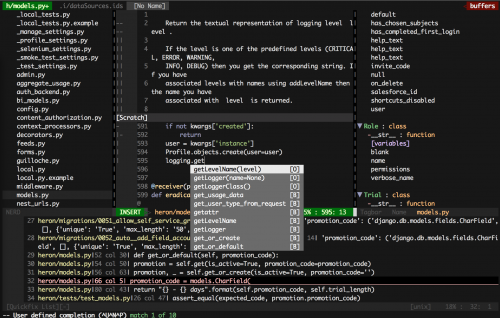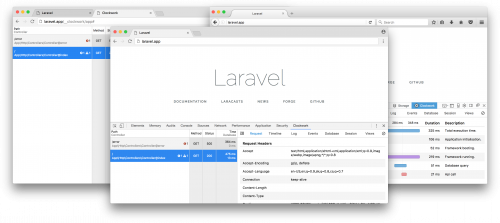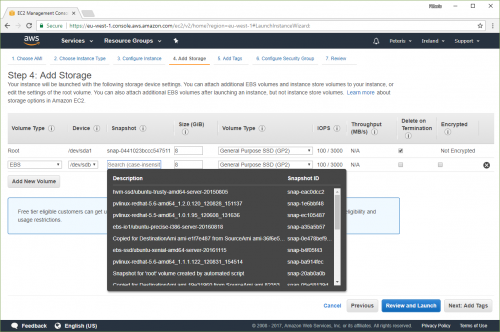 “Turning vim into an IDE through vim plugins” is yet another take on customizing the Vim text editor and making it into a full featured IDE. Most of these things were possible for years (I even had my own blog post on the subject), but with every version of Vim it gets easier and easier to setup a more advanced developer environment.
“Turning vim into an IDE through vim plugins” is yet another take on customizing the Vim text editor and making it into a full featured IDE. Most of these things were possible for years (I even had my own blog post on the subject), but with every version of Vim it gets easier and easier to setup a more advanced developer environment.
Month: November 2017
object-graph – visualizing PHP objects
As you might know, I am a big fan of GraphViz. I’ve used numerous times for visualizing different parts of the project code and dependencies (see here and here for example).
Today I came across a way to visualize PHP objects (not just classes) – object-graph library by Sebastian Bergmann, and I think it’s pretty cool. If you are working on top of a PHP framework like CakePHP and Laravel, I suspect your object diagrams will get quite huge, but for more modular applications and libraries it should do the job just fine.
Clockwork – PHP developer tools integration for Google Chrome
Clockwork is a PHP library and a Google Chrome extension that work together to provide a new tab in the Google Chrome DevTools for PHP developers. The tab contains all sorts of useful information such as variable values, application tracing, timing, and more.
PHP-ML – Machine Learning library for PHP
PHP-ML is a machine learning library for PHP. Given, PHP is probably not the best choice when it comes to machine learning, but sometimes one is limited in technology stack choices, so it’s good have options like this one.
Fresh approach to Machine Learning in PHP. Algorithms, Cross Validation, Neural Network, Preprocessing, Feature Extraction and much more in one library.
Here’s the documentation for more details.
Persisting state between AWS EC2 spot instances
“Persisting state between AWS EC2 spot instances” is a handy guide into using Amazon EC2 spot instances instead of on-demand or reserved instances and preserving the state of the instance between terminations. This is not something that I’ve personally tried yet, but with the ever-growing number of instances I managed on the AWS, this definitely looks like an interesting approach.


